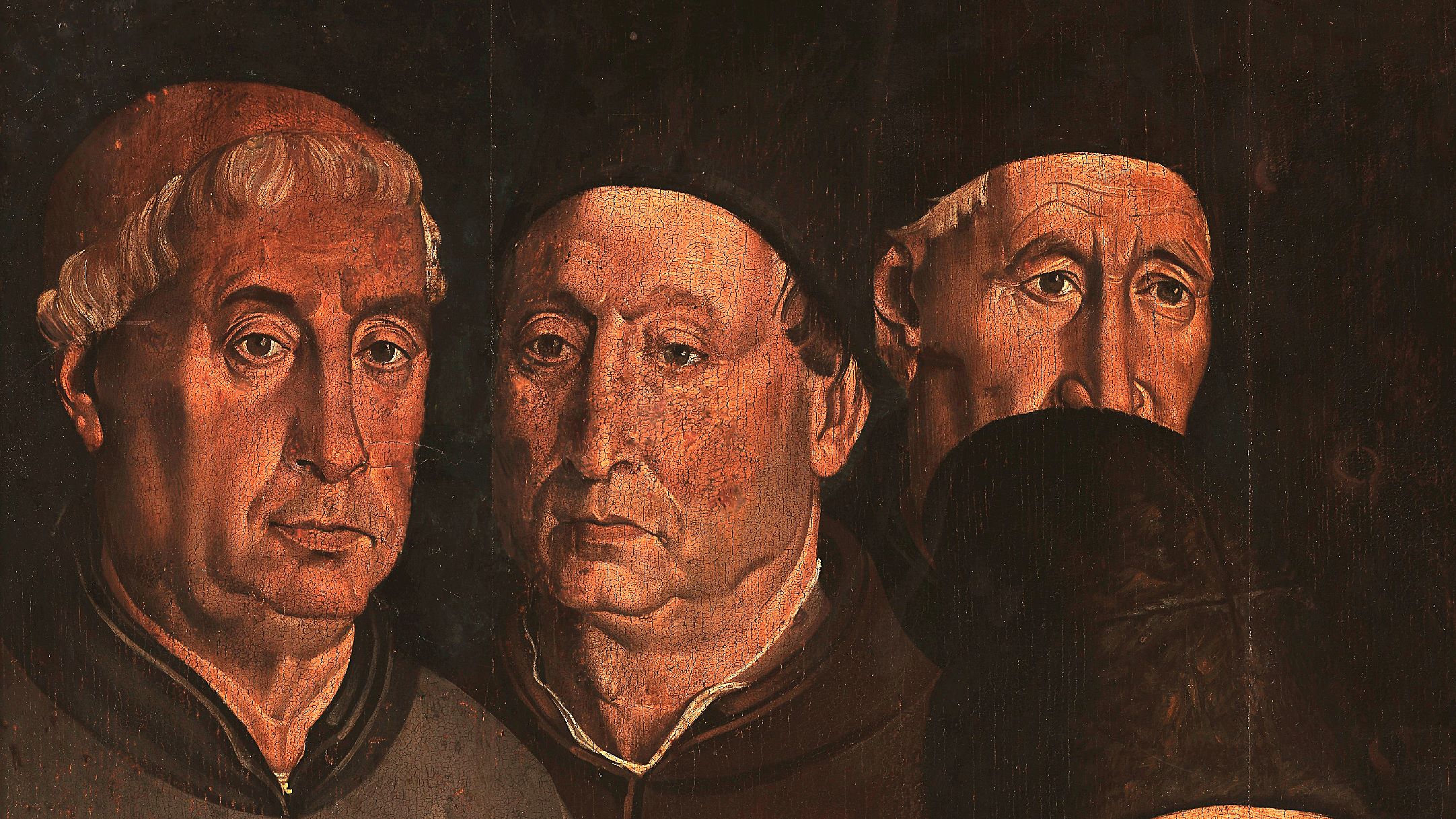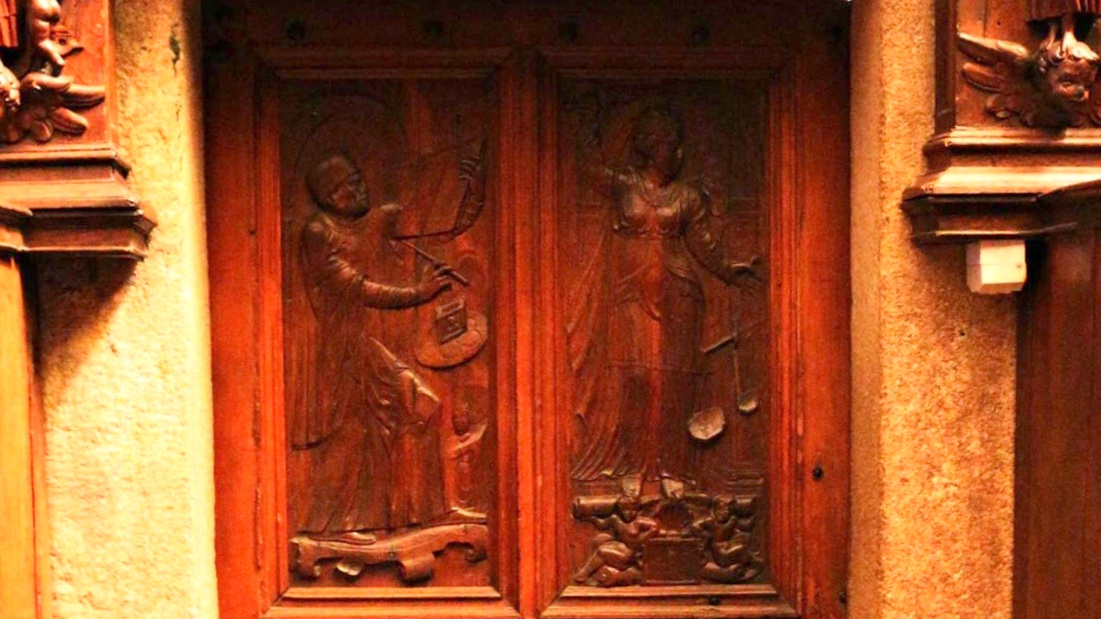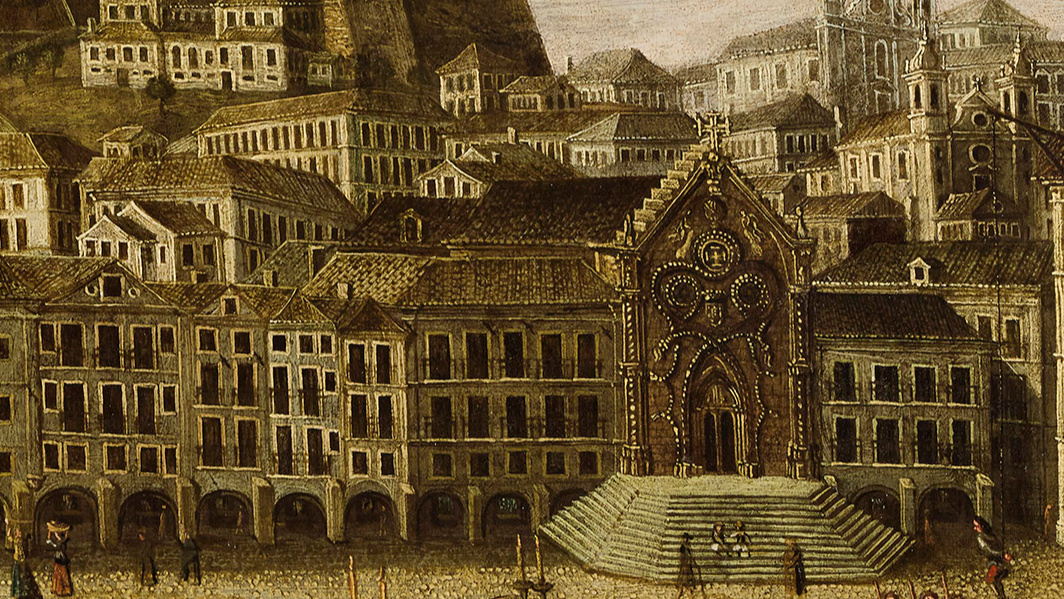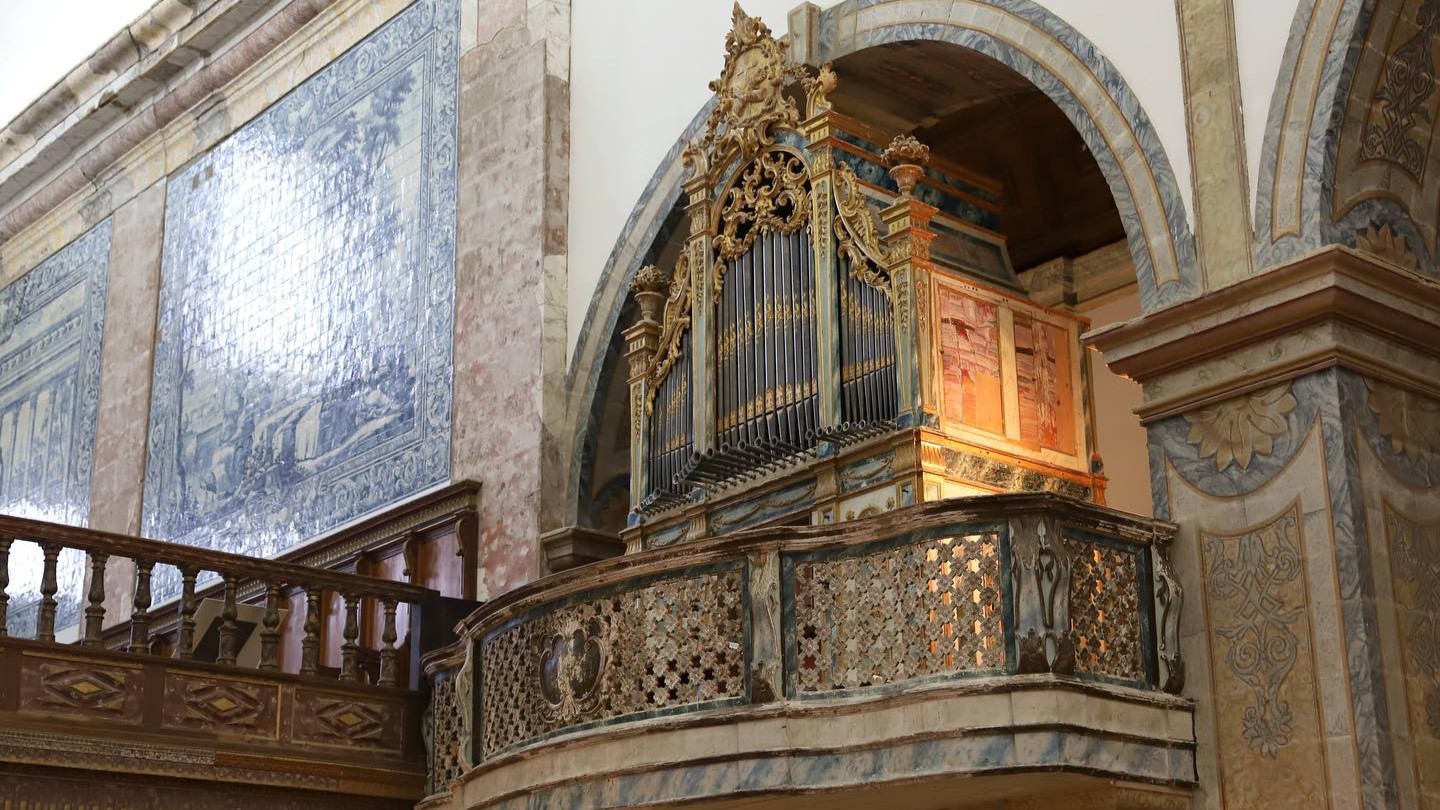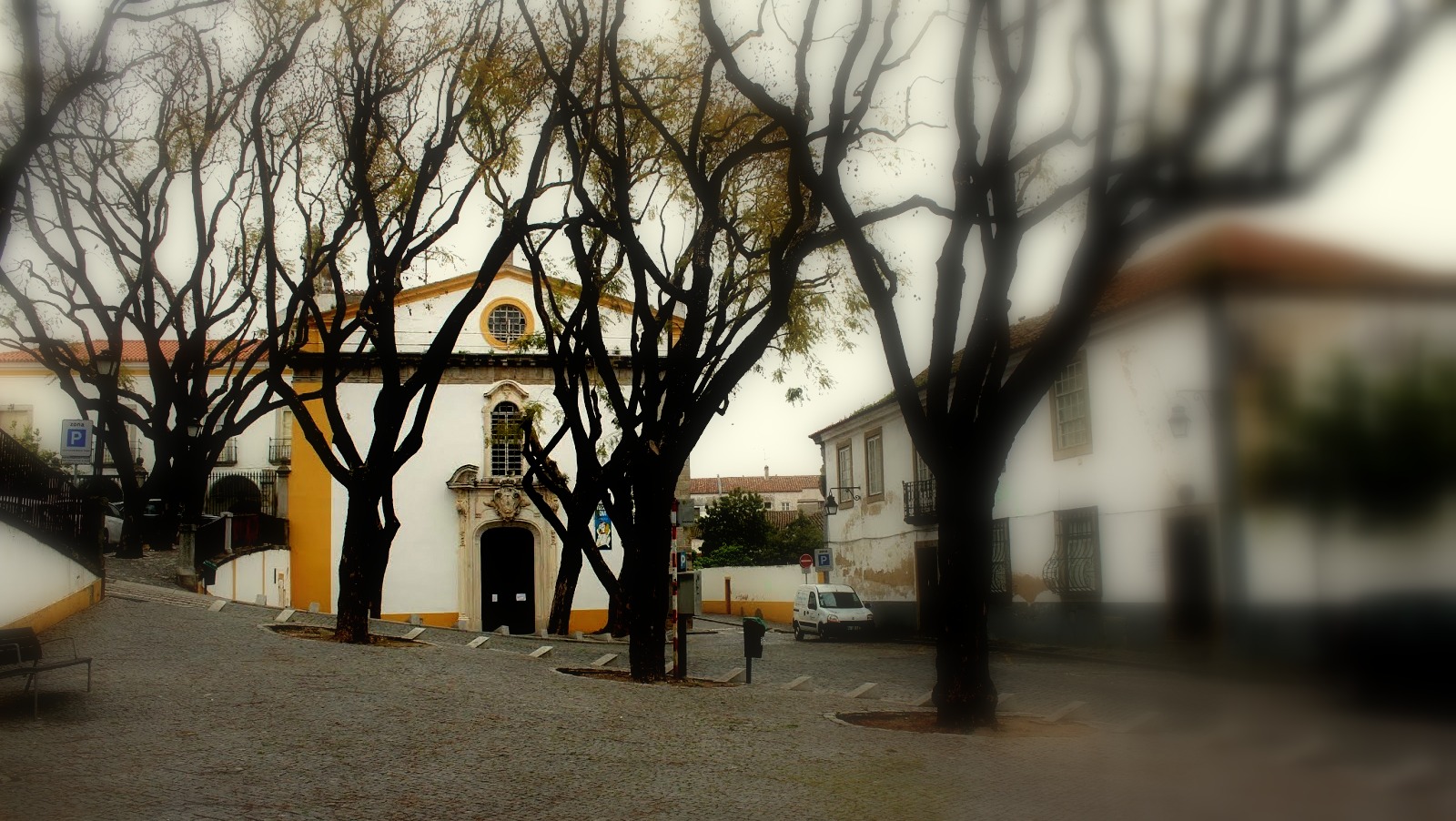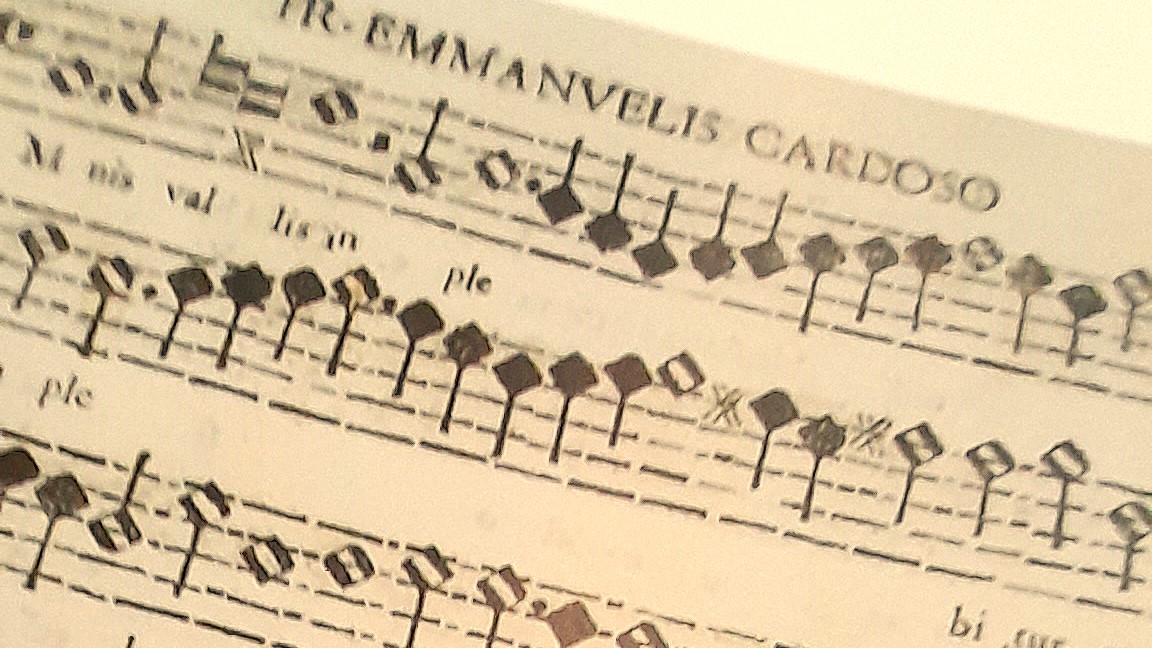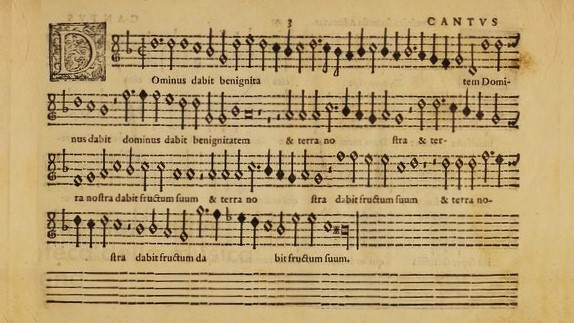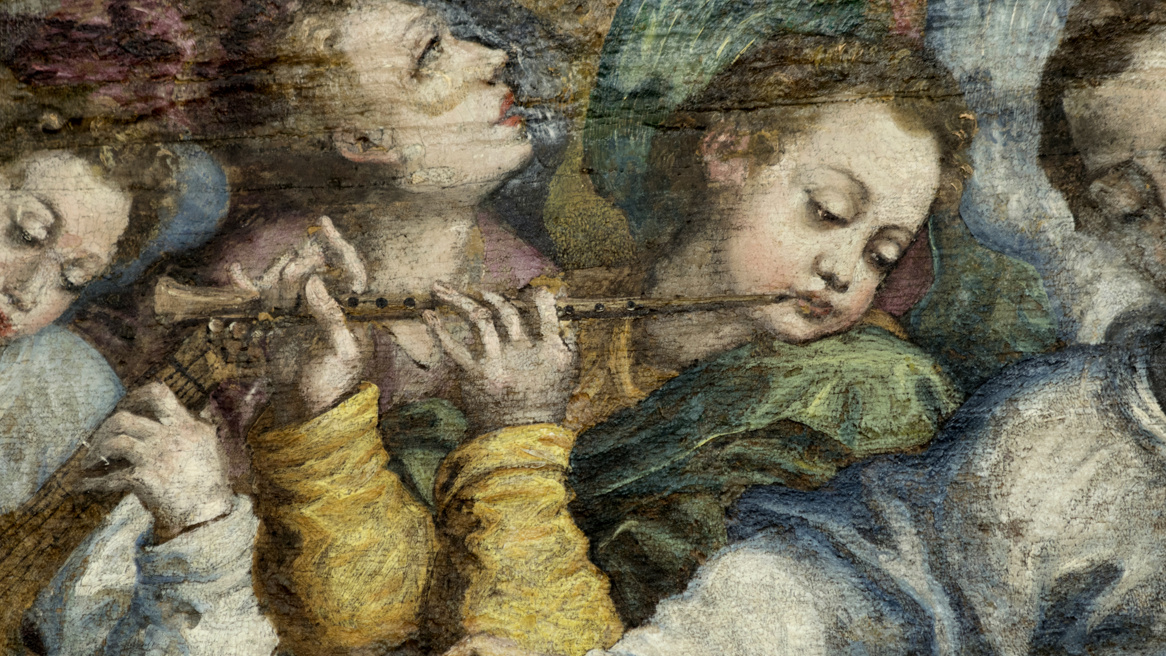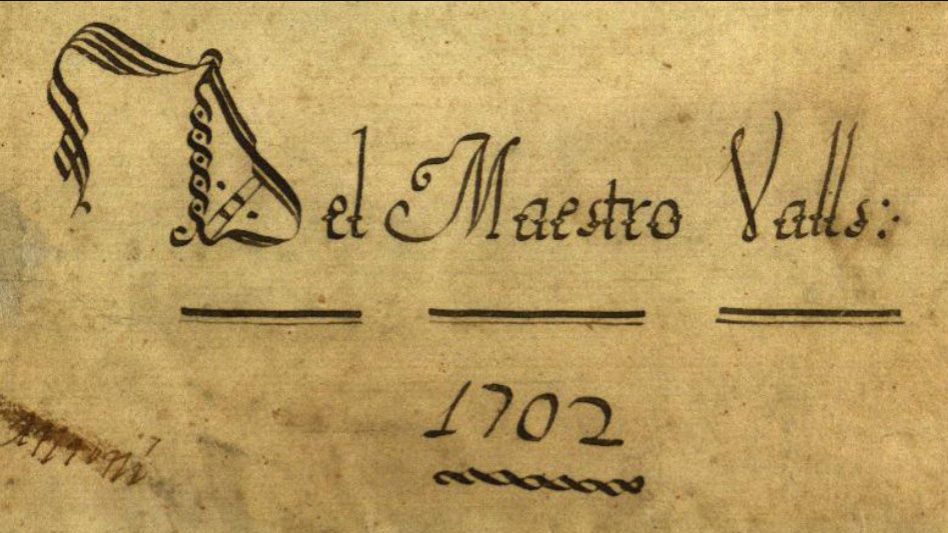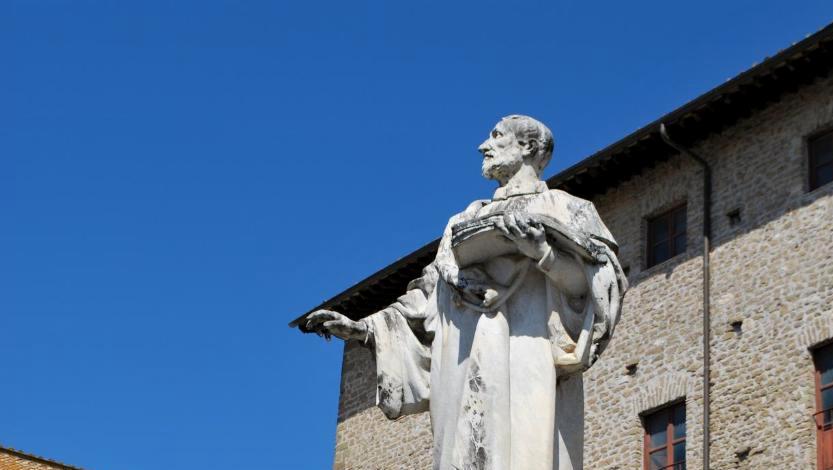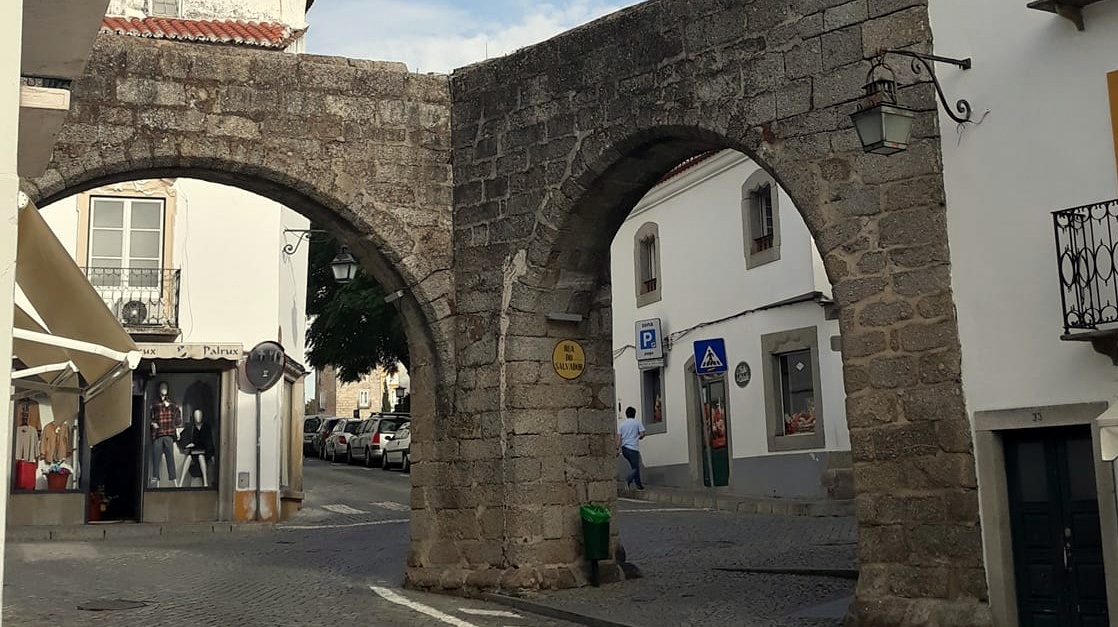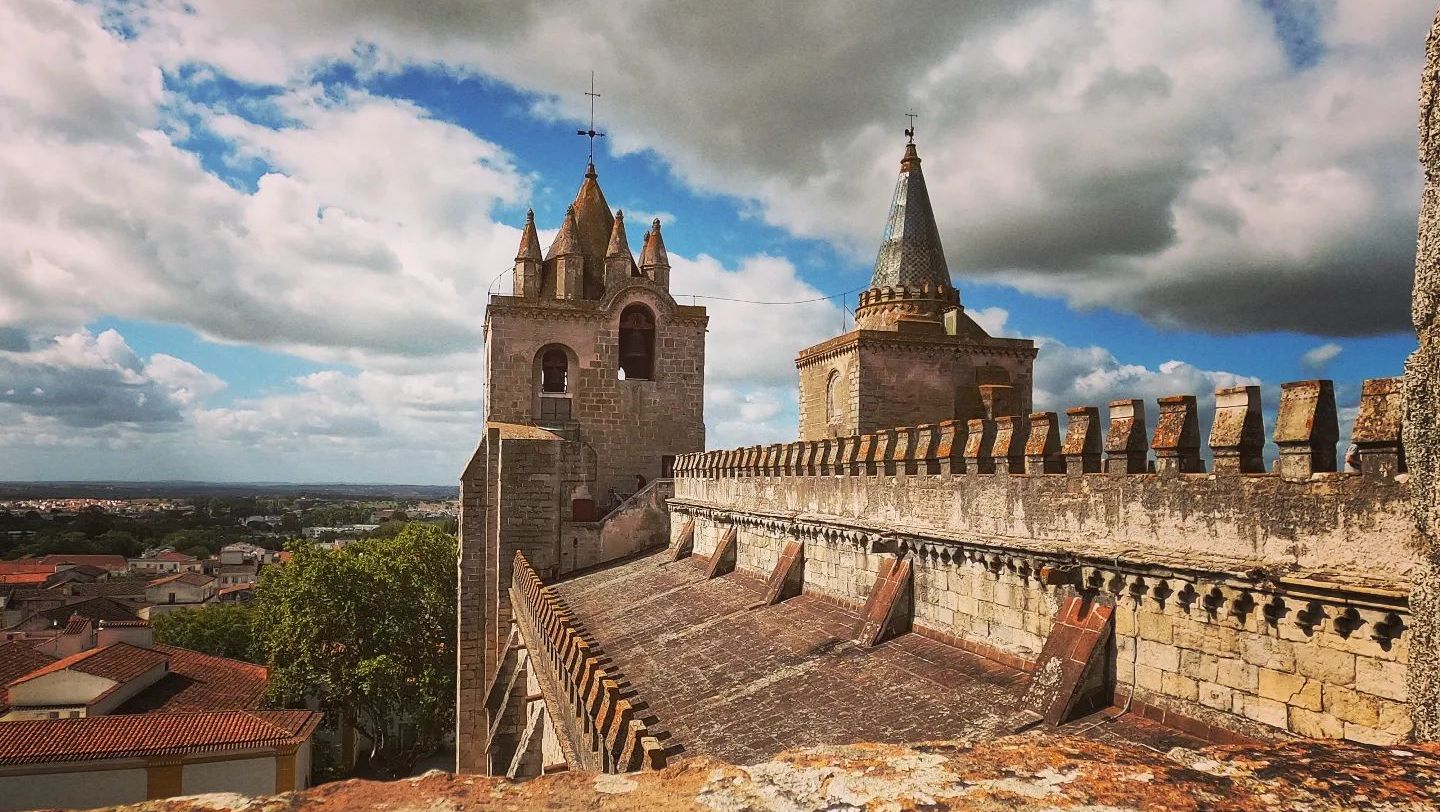Aparicio Vasquez, chapel master of Prince Henry, the Navigator
Aparicio Vasquez, chapel master of Prince Henry, the Navigator ❧ The fifteenth century is still less-known period in the Portuguese Music History, despite several recent efforts to cast some light in the music sources that have survived to this day, as well as some musical activity. There is no doubt that much has been done in the recent decades to …
Aparicio Vasquez, chapel master of Prince Henry, the Navigator ❧ read more »

